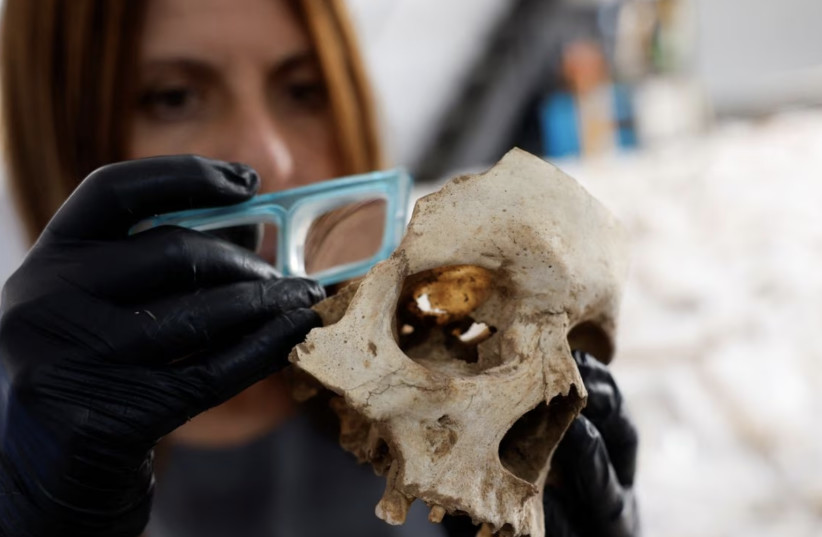Archaeologists on Spain's Gran Canaria island are puzzled: who were the six young men whose skeletons were found face-down, hands tied and covered with stones in a cliff-side cave?
Evidence at the Caleta de Arriba site points to a violent death centuries ago which could pre-date the 15th century Spanish conquest of the archipelago off northwest Africa.
"They are not buried in the strict sense ... This is a funerary practice that denotes very strong symbolic violence," explained Veronica Alberto, head of the excavation.
How were the bodies placed?
The bodies had been forcefully placed on the rocky surface and then had stones thrown on them, she told Reuters. Some had straps or bindings on their limbs.
"It could be an aboriginal burial, but due to the characteristics of the archaeological site we need to expand it and consider that they could be from other periods after the conquest, from 16th, 17th, 18th centuries," Alberto added.

Without objects to help establish the period, scientists are waiting for radiocarbon dating tests on the bones.
The archaeologists, who use security ropes while working on the steep terrain, said it was not a normal burial place because they only found men. All six had strong arms, suggesting they were involved in the same type of physical activity.
